
How to Use Humidifier: Examples, Pinouts, and Specs
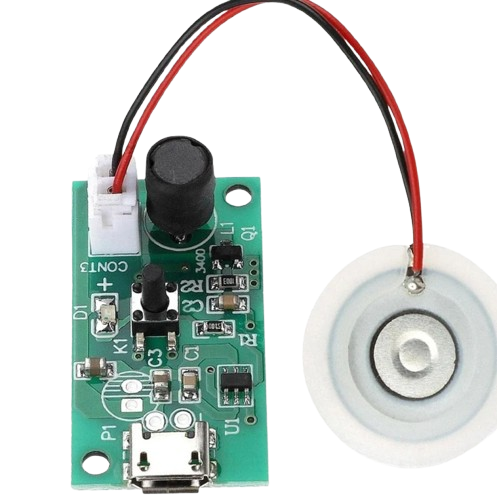
 Design with Humidifier in Cirkit Designer
Design with Humidifier in Cirkit DesignerIntroduction
The Yuvipep Humidifier is an electronic device designed to add moisture to the air, improving comfort in dry environments. It is commonly used in homes, offices, and industrial settings to maintain optimal humidity levels for health, comfort, and the preservation of materials. By preventing excessively dry air, the humidifier helps reduce issues such as dry skin, respiratory discomfort, and static electricity.
Explore Projects Built with Humidifier
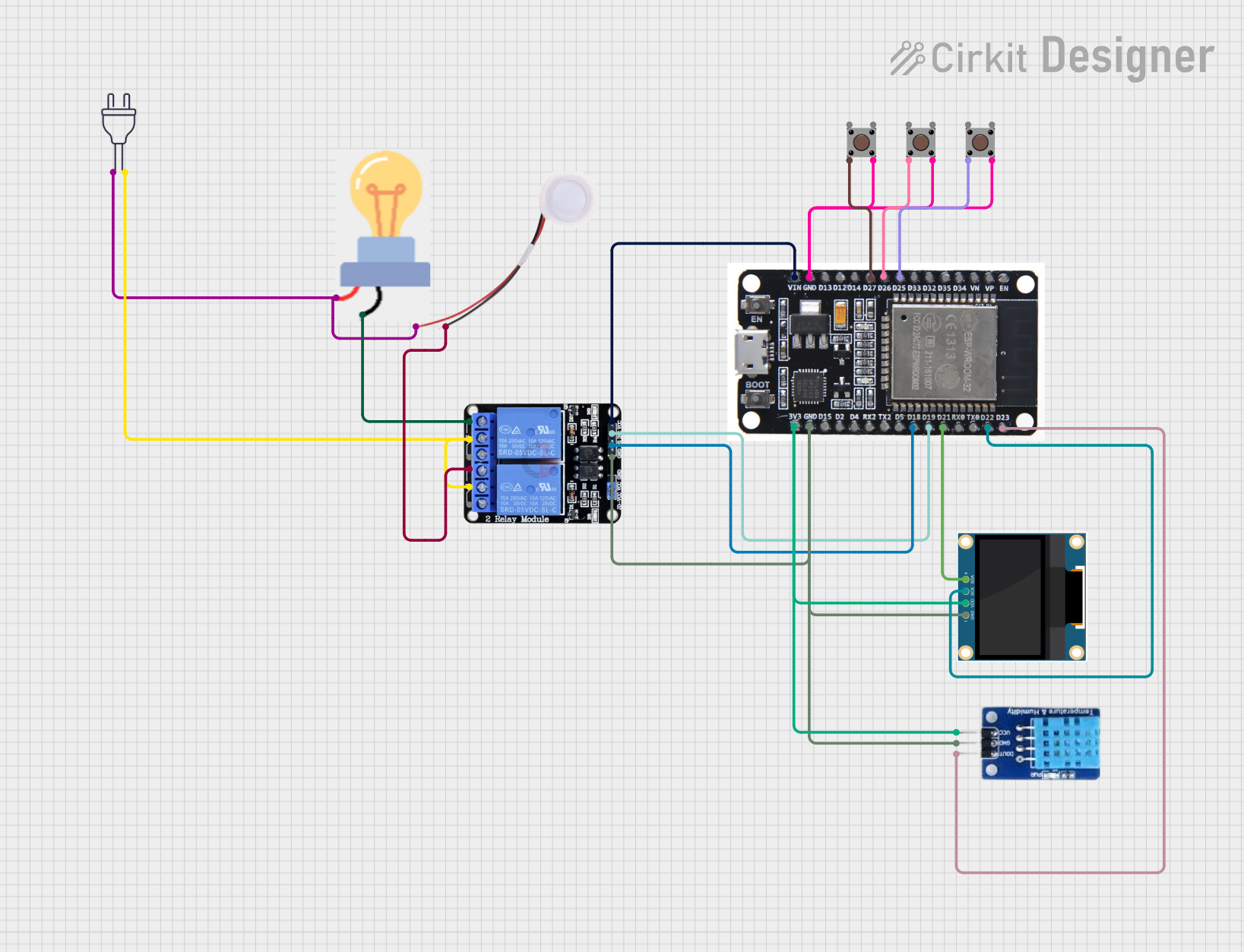
 Open Project in Cirkit Designer
Open Project in Cirkit Designer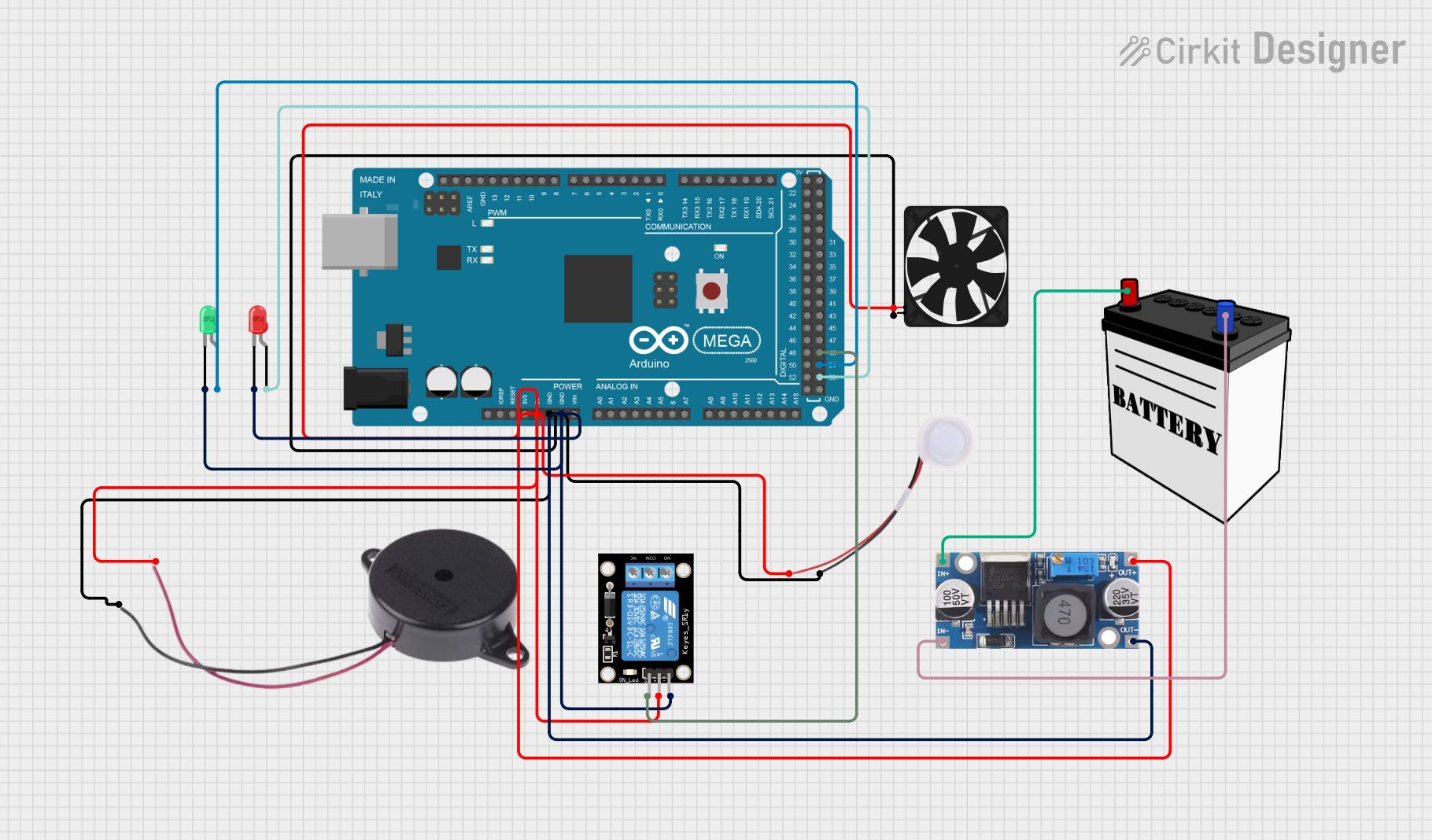
 Open Project in Cirkit Designer
Open Project in Cirkit Designer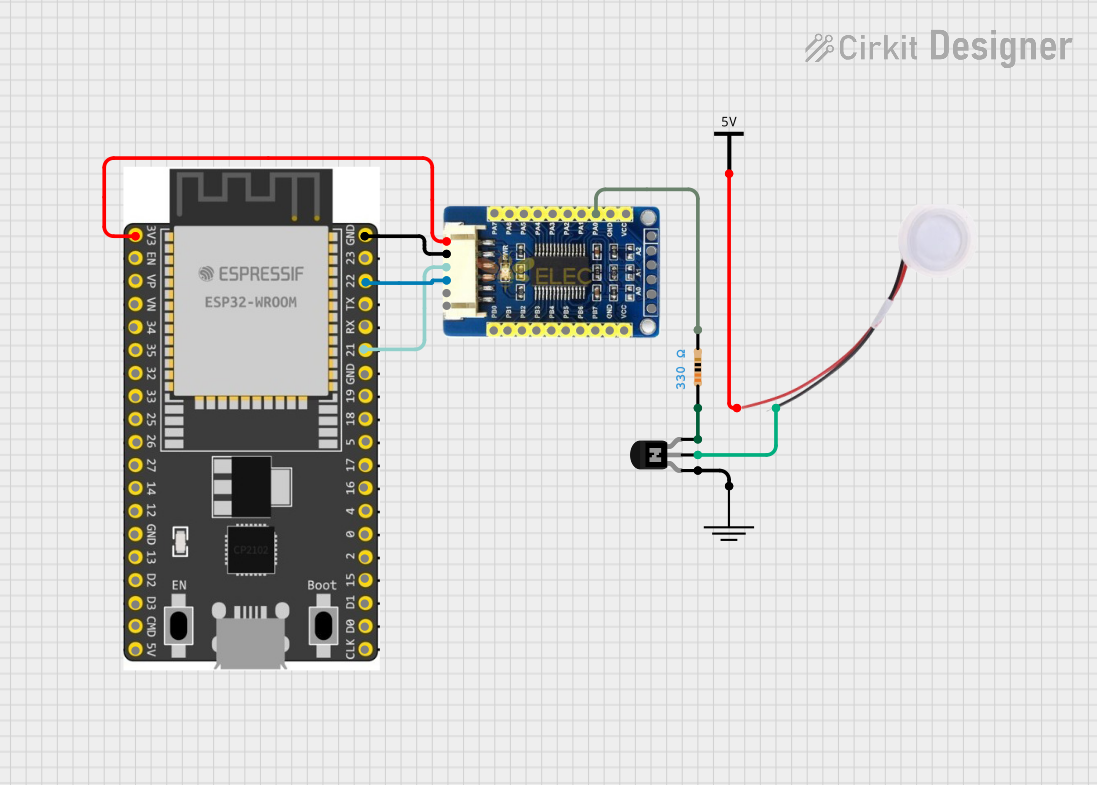
 Open Project in Cirkit Designer
Open Project in Cirkit Designer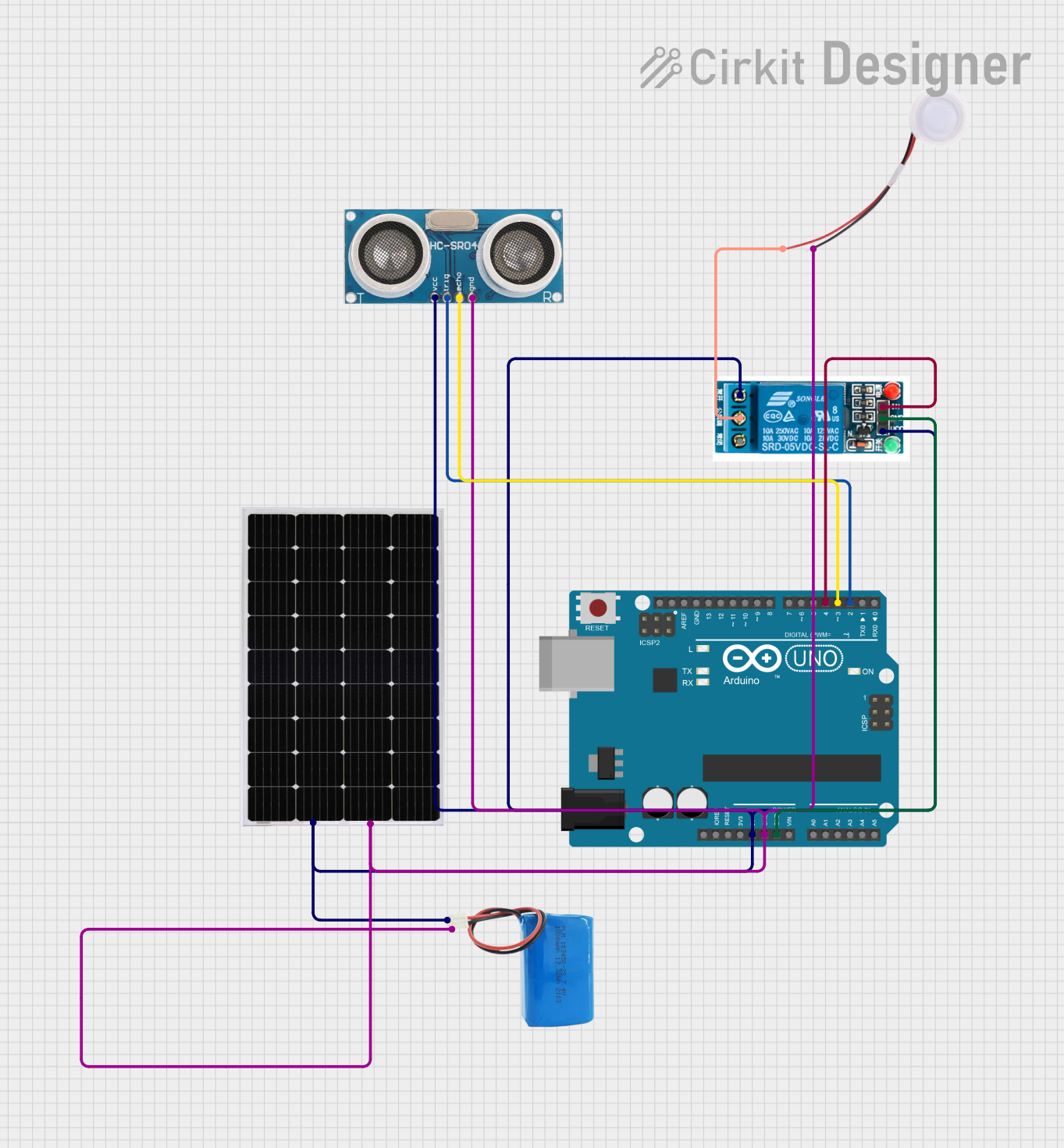
 Open Project in Cirkit Designer
Open Project in Cirkit DesignerExplore Projects Built with Humidifier

 Open Project in Cirkit Designer
Open Project in Cirkit Designer
 Open Project in Cirkit Designer
Open Project in Cirkit Designer
 Open Project in Cirkit Designer
Open Project in Cirkit Designer
 Open Project in Cirkit Designer
Open Project in Cirkit DesignerCommon Applications and Use Cases
- Residential Use: Enhances comfort in dry climates or during winter months.
- Healthcare: Maintains humidity levels to alleviate respiratory issues and dry skin.
- Industrial Use: Protects sensitive materials like wood, paper, and electronics from damage caused by low humidity.
- Greenhouses: Ensures proper humidity levels for plant growth.
- Museums and Archives: Preserves artifacts, paintings, and documents by preventing dryness.
Technical Specifications
The following table outlines the key technical details of the Yuvipep Humidifier:
| Parameter | Specification |
|---|---|
| Operating Voltage | 5V DC |
| Power Consumption | 2W |
| Humidification Rate | 50 mL/hour |
| Water Tank Capacity | 300 mL |
| Dimensions | 120 mm x 80 mm x 80 mm |
| Weight | 250 g |
| Noise Level | < 30 dB |
| Operating Temperature | 5°C to 40°C |
| Humidity Range | 30% to 80% RH |
Pin Configuration and Descriptions
The Yuvipep Humidifier features a simple interface for control and power. The pin configuration is as follows:
| Pin | Name | Description |
|---|---|---|
| 1 | VCC | Power input (5V DC) |
| 2 | GND | Ground connection |
| 3 | CONTROL | Digital input for turning the humidifier ON/OFF |
| 4 | STATUS | Output pin to indicate the operational status (HIGH: ON, LOW: OFF) |
Usage Instructions
How to Use the Component in a Circuit
- Power Connection: Connect the VCC pin to a 5V DC power source and the GND pin to ground.
- Control Signal: Use a microcontroller (e.g., Arduino UNO) or a manual switch to send a HIGH signal (5V) to the CONTROL pin to turn the humidifier ON. Send a LOW signal (0V) to turn it OFF.
- Status Monitoring: The STATUS pin outputs a HIGH signal when the humidifier is operational and a LOW signal when it is off. This can be connected to an LED or a microcontroller for monitoring.
Important Considerations and Best Practices
- Water Quality: Use distilled or demineralized water to prevent mineral buildup and ensure optimal performance.
- Placement: Place the humidifier on a flat, stable surface away from electronic devices to avoid water damage.
- Cleaning: Regularly clean the water tank and internal components to prevent mold and bacteria growth.
- Power Supply: Ensure a stable 5V DC power source to avoid damage to the device.
- Humidity Monitoring: Use a hygrometer to monitor room humidity and avoid over-humidification.
Example: Connecting to an Arduino UNO
The following example demonstrates how to control the Yuvipep Humidifier using an Arduino UNO:
// Define pin connections
const int controlPin = 7; // Pin connected to the CONTROL pin of the humidifier
const int statusPin = 8; // Pin connected to the STATUS pin of the humidifier
void setup() {
pinMode(controlPin, OUTPUT); // Set control pin as output
pinMode(statusPin, INPUT); // Set status pin as input
Serial.begin(9600); // Initialize serial communication
}
void loop() {
// Turn the humidifier ON
digitalWrite(controlPin, HIGH);
delay(5000); // Keep the humidifier ON for 5 seconds
// Check the status of the humidifier
if (digitalRead(statusPin) == HIGH) {
Serial.println("Humidifier is ON");
} else {
Serial.println("Humidifier is OFF");
}
// Turn the humidifier OFF
digitalWrite(controlPin, LOW);
delay(5000); // Keep the humidifier OFF for 5 seconds
}
Troubleshooting and FAQs
Common Issues and Solutions
Humidifier Does Not Turn On
- Cause: No power supply or incorrect wiring.
- Solution: Verify the power source and ensure proper connections to the VCC and GND pins.
Low Humidification Rate
- Cause: Clogged nozzle or low water level.
- Solution: Clean the nozzle and refill the water tank with distilled water.
Excessive Noise
- Cause: Device placed on an uneven surface or internal components are dirty.
- Solution: Place the humidifier on a flat surface and clean the internal components.
Water Leakage
- Cause: Overfilled water tank or damaged seals.
- Solution: Ensure the water tank is not overfilled and check for damaged seals.
FAQs
Q1: Can the humidifier run continuously?
A1: Yes, the Yuvipep Humidifier can run continuously, but it is recommended to monitor the water level and clean the device regularly to maintain performance.
Q2: Is the humidifier safe to use around electronics?
A2: Yes, but ensure it is placed at a safe distance to prevent water vapor from directly contacting electronic devices.
Q3: Can I use tap water in the humidifier?
A3: It is recommended to use distilled or demineralized water to prevent mineral buildup and extend the device's lifespan.
Q4: How do I know when the humidifier needs cleaning?
A4: Clean the humidifier if you notice reduced performance, unusual odors, or visible dirt in the water tank.